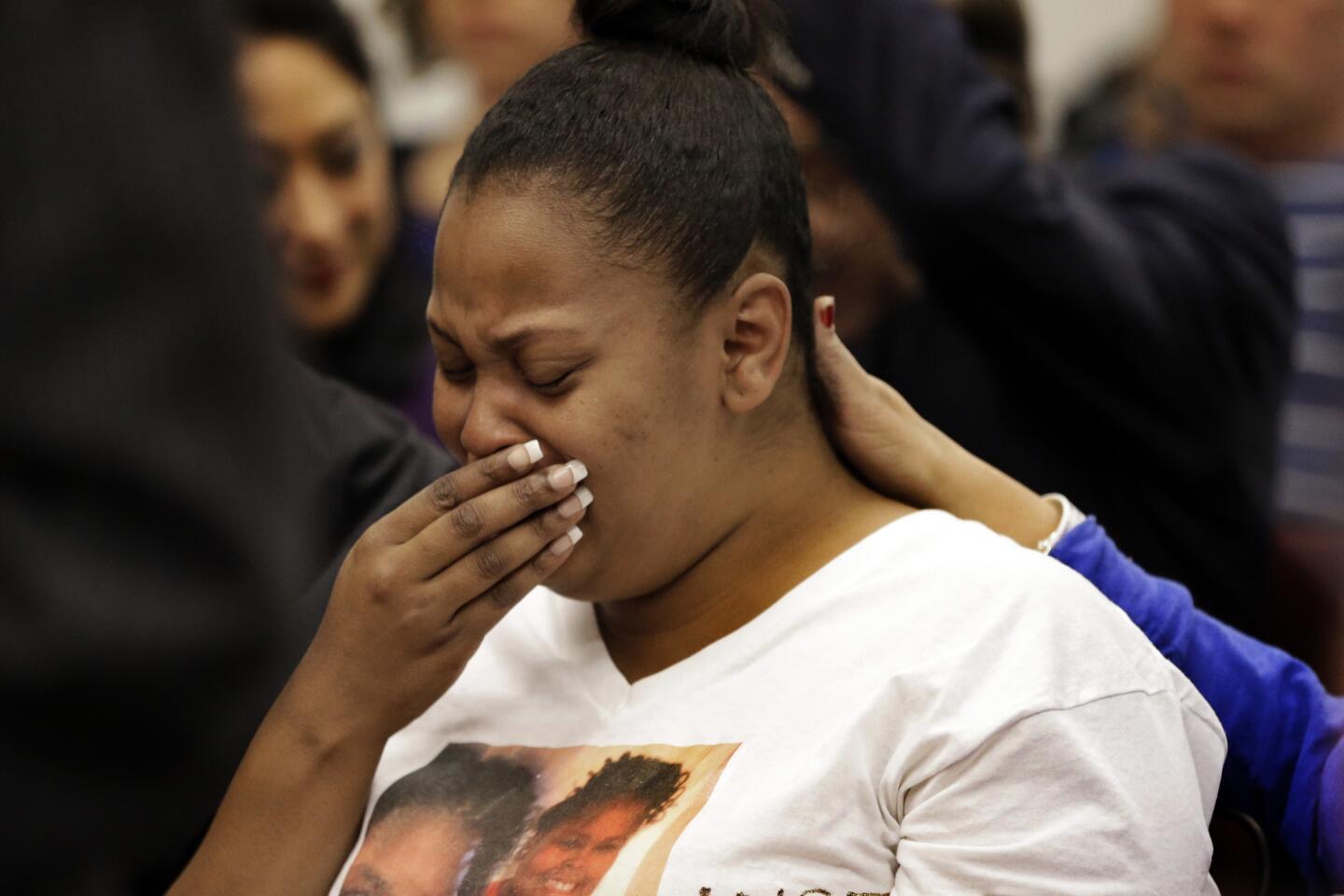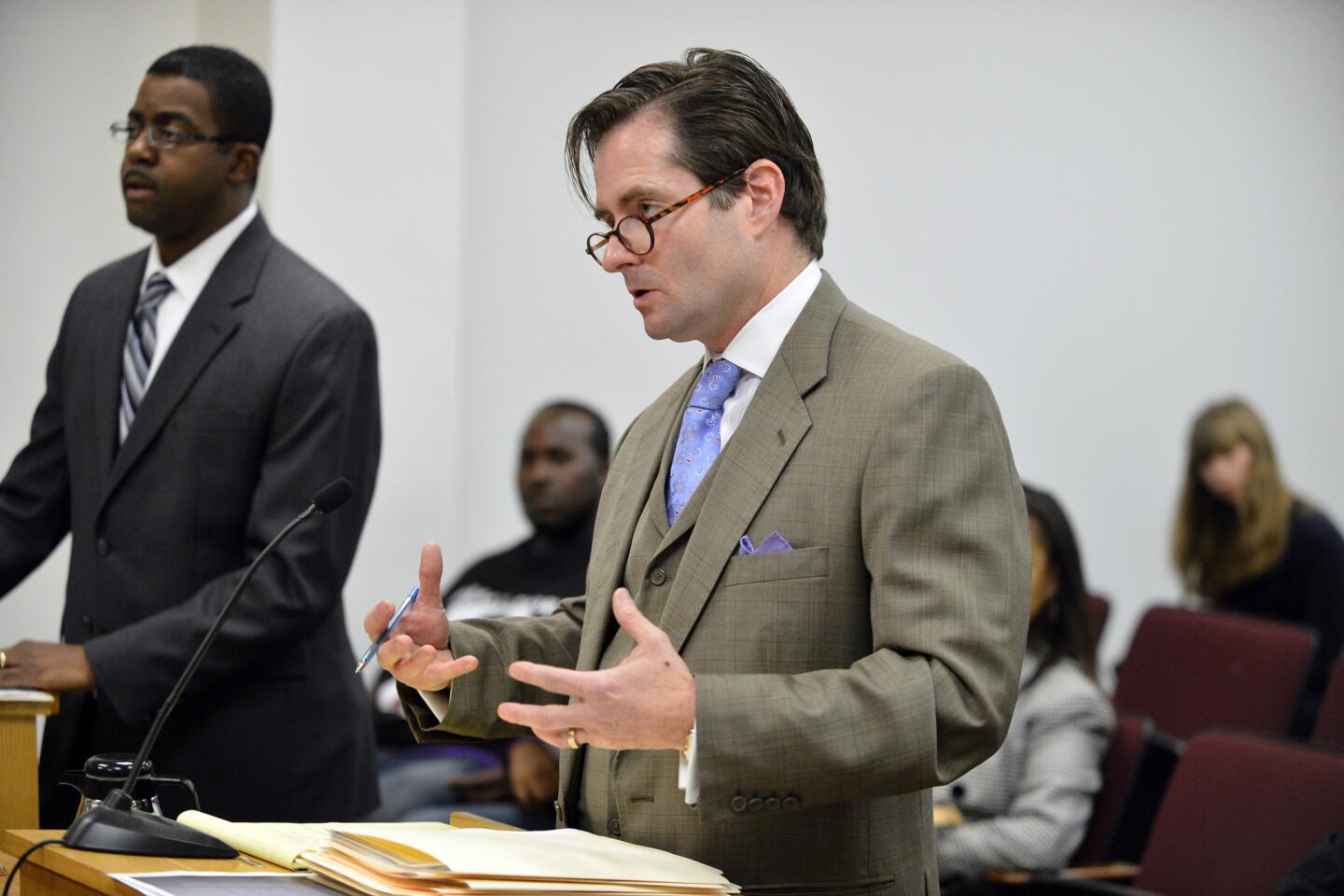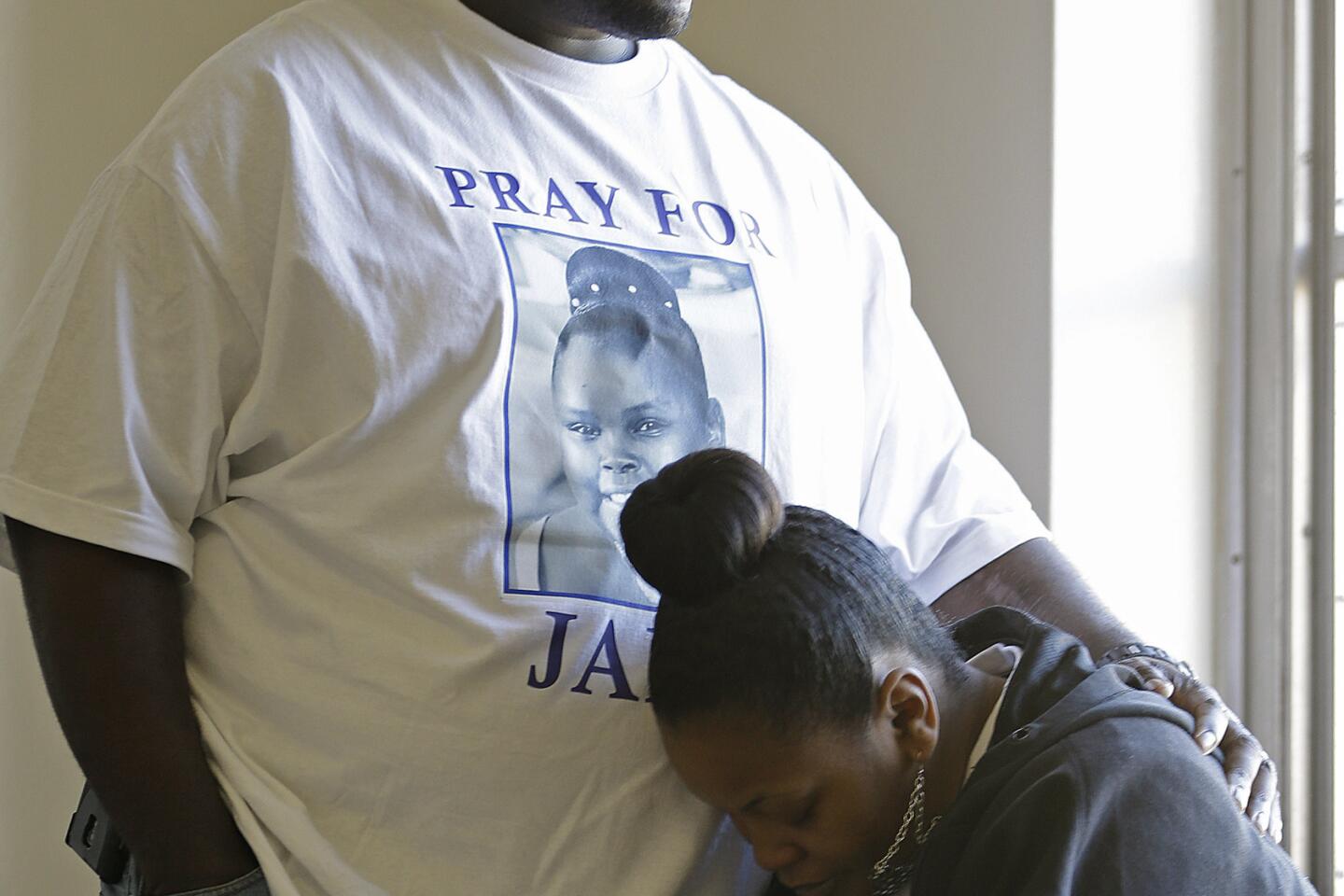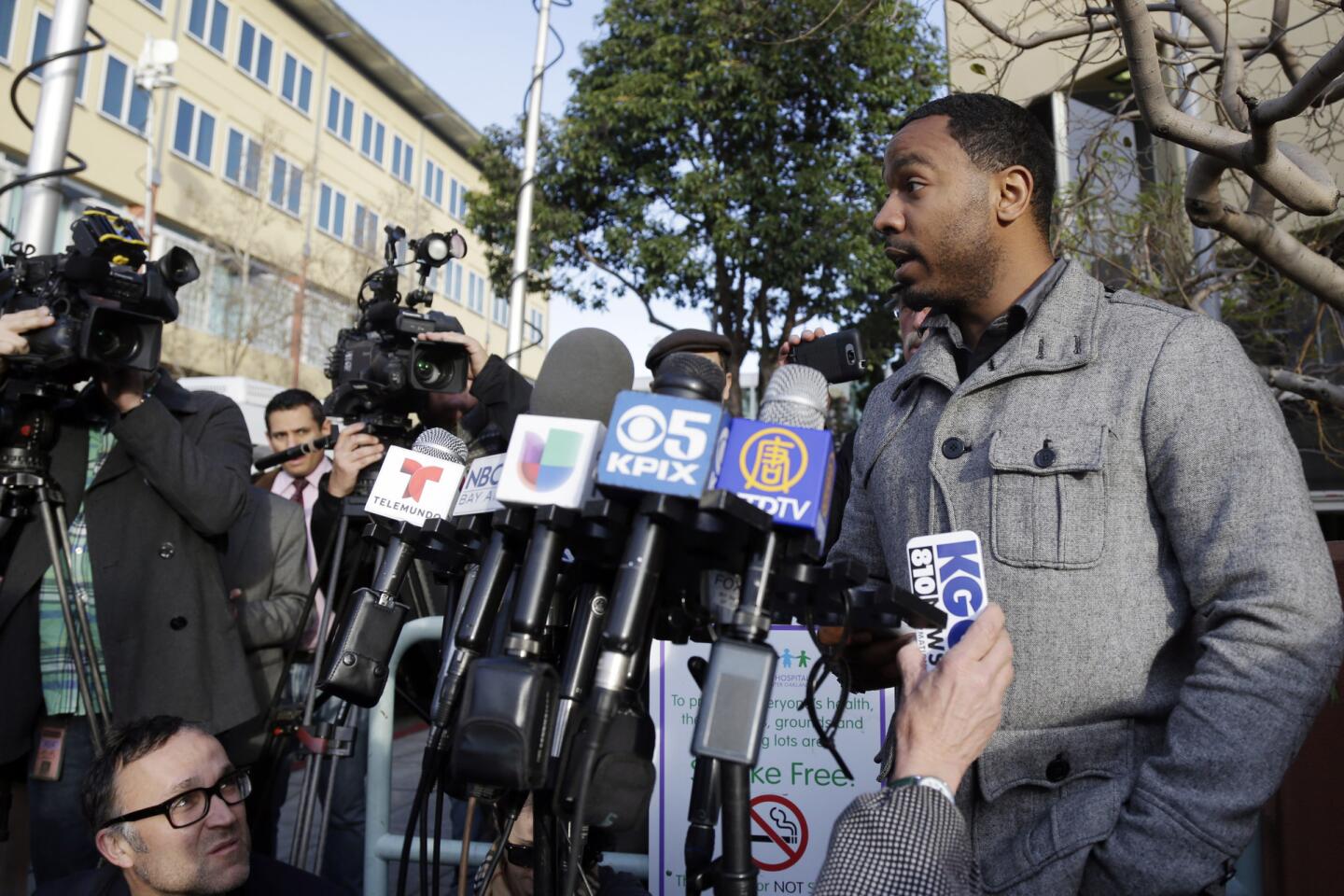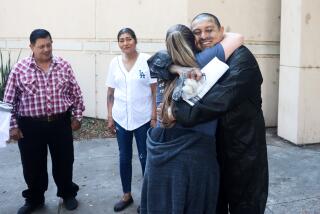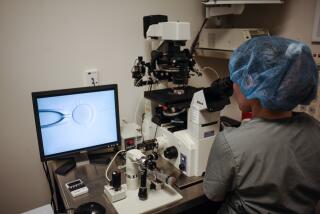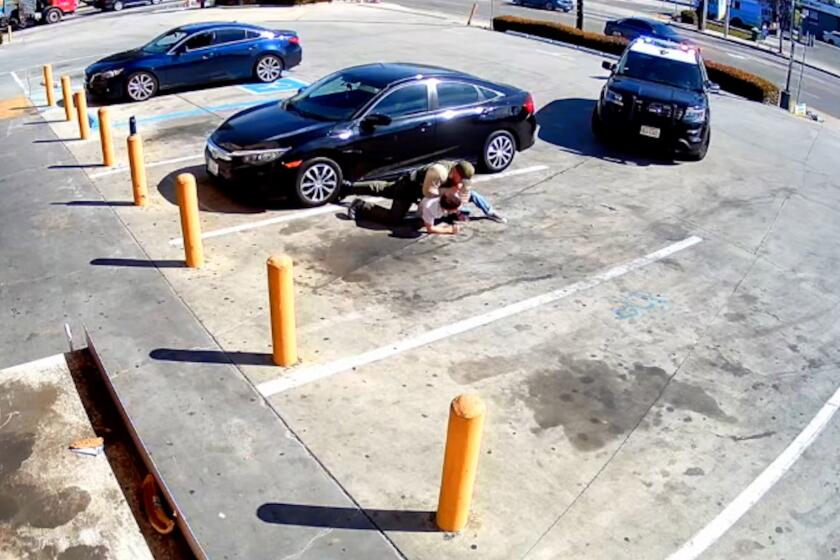Jahi McMath case muddies an already agonizing subject
OAKLAND — The case of the brain-dead 13-year-old girl whose family was embroiled in a legal standoff with Children’s Hospital & Research Center Oakland seems to be nearing an end.
After marathon negotiations with a federal magistrate, Jahi McMath’s family members received approval to remove her body, while attached to a ventilator, from the hospital. On Sunday they quietly did so.
The brain-dead girl was released first to the Alameda County coroner and then to the family, and is now the responsibility of her mother, who has moved her to an unnamed facility, the family attorney said Monday.
For decades, irreversible cessation of all functions of the brain, including the brain stem, has been one of two types of legal death. (The other is more common: when the heart and lungs stop working.) The courts have so far agreed that Jahi is dead. The coroner on Friday issued a death certificate listing Dec. 12 as the date of death.
But bioethics experts say news media coverage that often repeated family assertions that Jahi McMath was alive — even responding to touch — clouded an issue the public already has difficulty grasping.
“The ability to get clear about brain death has been a real obstacle,” said Arthur Caplan, director of the division of medical ethics at New York University Langone Medical Center. “This hasn’t helped at all.”
The Oakland girl underwent surgery Dec. 9 to remove her tonsils, adenoids and uvula. She was declared brain dead Dec. 12 after she went into cardiac arrest and suffered extensive brain hemorrhaging.
At least three neurologists confirmed that Jahi was unable to breathe on her own, had no blood flow to her brain and had no sign of electrical activity.
What followed was a court’s order — extended once — that the hospital keep the ventilator on, first while an independent neurologist confirmed Jahi was brain dead, then as the family scrambled to find a facility that would accept a patient declared deceased.
All the while, the breathing machine kept Jahi’s lungs and heart working.
“That person looks unconscious but the skin is warm, the chest is going up and down, and those are signs of life to us,” said Rebecca S. Dresser, professor of law and ethics in medicine at Washington University in St. Louis, who served on a presidential bioethics council that in 2008 reaffirmed “whole-brain death” as legal death. “So it’s very understandable that when ordinary people see a body in that shape it’s hard to think of that individual as dead.”
Yet the medical and legal consensus is broad.
A Harvard Medical School committee first put forth the standard in 1968, and in 1981 a presidential council proposed that a uniform statute be adopted. It was endorsed by the American Medical Assn. and American Bar Assn. and published by the National Conference of Commissioners on Uniform State Laws as the Uniform Determination of Death Act.
Forty-five states have adopted it through legislation, California among them, and five by judicial doctrine.
Dresser noted that there have been cases in which patients were mistakenly deemed brain dead and subsequently showed brain activity. (Most statutes require that two physicians independently make the determination.) Bodies of the brain dead have been maintained on respirators for months or in rare cases even years — and in a few other cases released to families.
But once cessation of all brain activity is confirmed, Dresser said, there is no recovery. That’s true even though spinal reflexes can cause the body to move.
Jahi’s family — and their attorney, Christopher Dolan of San Francisco — have maintained that brain death is not death, that the girl might get better, and that the rights of Jahi’s mother, Latasha Winkfield, to determine the medical course of action were violated.
“Plaintiffs are Christians with firm religious beliefs that as long as the heart is beating, Jahi is alive,” Dolan wrote in a filing that unsuccessfully sought to compel the hospital to insert feeding and breathing tubes. Winkfield, he continued, “vehemently” opposed hospital efforts “to exclude her from the decision making regarding her daughter.”
Dolan, who did not return a call for comment Monday, argues that Winkfield’s constitutional rights were violated. On Monday a federal judge canceled a hearing that had been scheduled for Tuesday at which Dolan had hoped to pursue those issues. Judge Saundra Brown Armstrong said the request for the hearing was moot because the issues to be addressed — that of the feeding tube and ventilator — had been resolved.
California law says the family had no right to make decisions about the ventilator, only a right to a “reasonably brief period of accommodation” after the declaration of brain death to “gather family or next of kin at the patient’s bedside.”
To experts, the case has raised no novel legal issues, but it has created a painful spectacle.
Caplan said the example could compel other families to “ultimately say, ‘I’d like to take this body home and wait for a miracle.’ That would be a public policy of disrespect for dead bodies.”
USC’s Alexander Capron, an expert in health policy and medical ethics who helped craft the Uniform Determination of Death Act more than three decades ago, called it “strange” that the coroner would allow Winkfield to take the body, basically forgoing an autopsy. But he said that when the courts declined to force the hospital to perform surgery on a brain-dead body, “the law was affirmed.”
“This is not the Schiavo case. This is not the Quinlan case,” Capron said of two high-profile legal disputes over life support for women who were in persistent vegetative states — not brain dead.
(The coroner’s bureau unit commander, Lt. Riddic Bowers, declined to address specifics of Jahi’s case but said the law gives coroners discretion to determine “the level of investigation” conducted.)
Though Capron said “no law has been changed,” the extensive coverage and drawn-out legal battle have taken a toll.
“A lot of these activities have a public education element to them,” he said, “and unfortunately in this case the public was being miseducated.”
More to Read
Sign up for Essential California
The most important California stories and recommendations in your inbox every morning.
You may occasionally receive promotional content from the Los Angeles Times.
